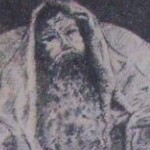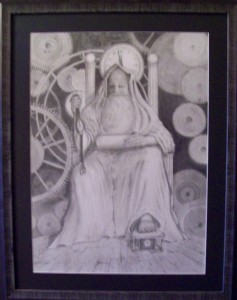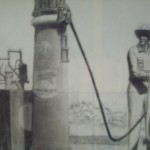
Where do ideas for a drawing or painting come from? Is it a glance from a passing individual while shopping at a mall? Was it the way they tilted their head, or had a certain gleam in their eye? Is it the way the sun shines through the near transparent petal of a flower? There may be a thousand things that inspire an artist for their next masterpiece, but it is in the process of sketching where the idea really begins. This is where the composition comes to life, and an artist can be free and let their talent out of the gate.
Keep in mind, a sketch does not have to be correct. An artist can be anywhere to sketch. They don’t have to be in the restrictions of a studio. Instead, they can be in a restaurant drawing on a napkin, or pulled off the side of the road drawing on any scrap of anything found that can receive graphite, ink, pastel, or even paint. Yes, when the inspiration strikes, an artist will reach for whatever art tool is available.
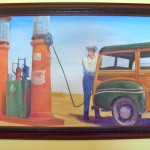
The sketch in the upper left led to the painting of Old Woodie at the right. Actually, there were more than twenty sketches made before I settled on the composition. Since I am attracted to directional lines, symbolism, simplified compositions and a sense of realism, I try several sketches, approaching them as if they were a math problem or puzzle and having a ton of fun in so doing. Sketching for me is a game. It is a means to not only work out my ideas but to get in touch with my imagination…to chase my muse. In a way, this can be the most passionate moment in the creation of a drawing or painting.
In my brother’s painting of Adam and Eve (below), he tells a funny story. He said that for many years as he traveled around Texas painting signs, and when he stopped at restaurants or gas stations or retail stores, people would stop him and ask what his next masterpiece was going to be. They all knew he was a fine artist. He always came back with the same quip: “I’m painting a picture of Adam and Eve…something you’ve never seen before…gon’na be a masterpiece.” It became such a well known and remembered statement, that after the years, the people asked: “You still working on that Adam and Eve painting, Lynn? It better be a masterpiece after all this time.” They would all burst into laughter.
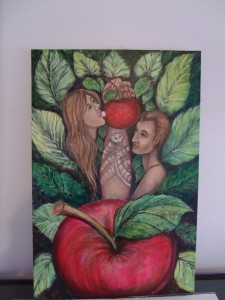
Lynn decided he’d fool everybody and go ahead and paint the picture; although, he never had any intention of doing it when he first started mentioning it.
He began making sketches of ideas, trying all types of compositions, trying to do something different that he’d not seen before. It was at a time when he painted a sign for a tattoo parlor and became interested in some of their art templates that he finally began to get the idea of the composition he thought would work. The templates inspired his muse, and it led to more creative sketches until he arrived at the black and white ink sketch (below) that became the final idea for the painting.
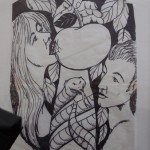
The thing about sketching, is that it can be finished or unfinished. In the first stages it’s probably loose or somewhat messy. Remember, it’s probably just an embryo of a painting, and it doesn’t have to lead to anything. It may end up being nothing more than doodling.
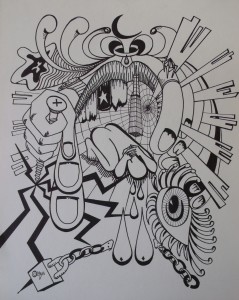
The work to the left did not come straight from the brain to the end of the tip without some thought and probably a lot of doodling and sketching. I find the composition fascinating; I’m constantly discovering some knew something I failed to see.
What it really comes down to is that sketching is exciting and fun, allowing you to work out all the details of a future work.
When I first began painting, I thought artists didn’t plan, they just reacted to their inspiration. It didn’t take me long to realize that working out the problems with sketches and studies makes the world of difference in a work.
Below is just a handful of sketches that I did for the 18″X24″ graphite drawing Grinding Gears of Time.
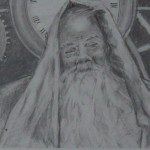
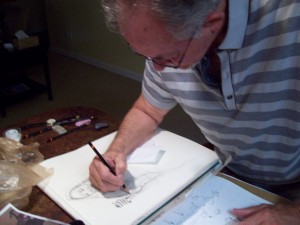
To the left is a photograph of me that my wife took while working on one of the many sketches that I made over a six week period.
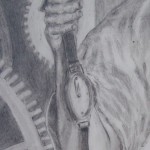
I made a lot of sketches of hands>>>
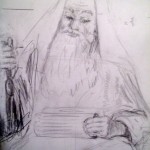
Sketching simplifies everything for an artist. It allows them to work out the values for their finished work, what the shapes are and how they work together, solving many possible future problems. It gives them the opportunity to make notes and imagine colors. I sometimes like to sketch with colored pencils, and I always make color studies before attempting to paint a picture.
